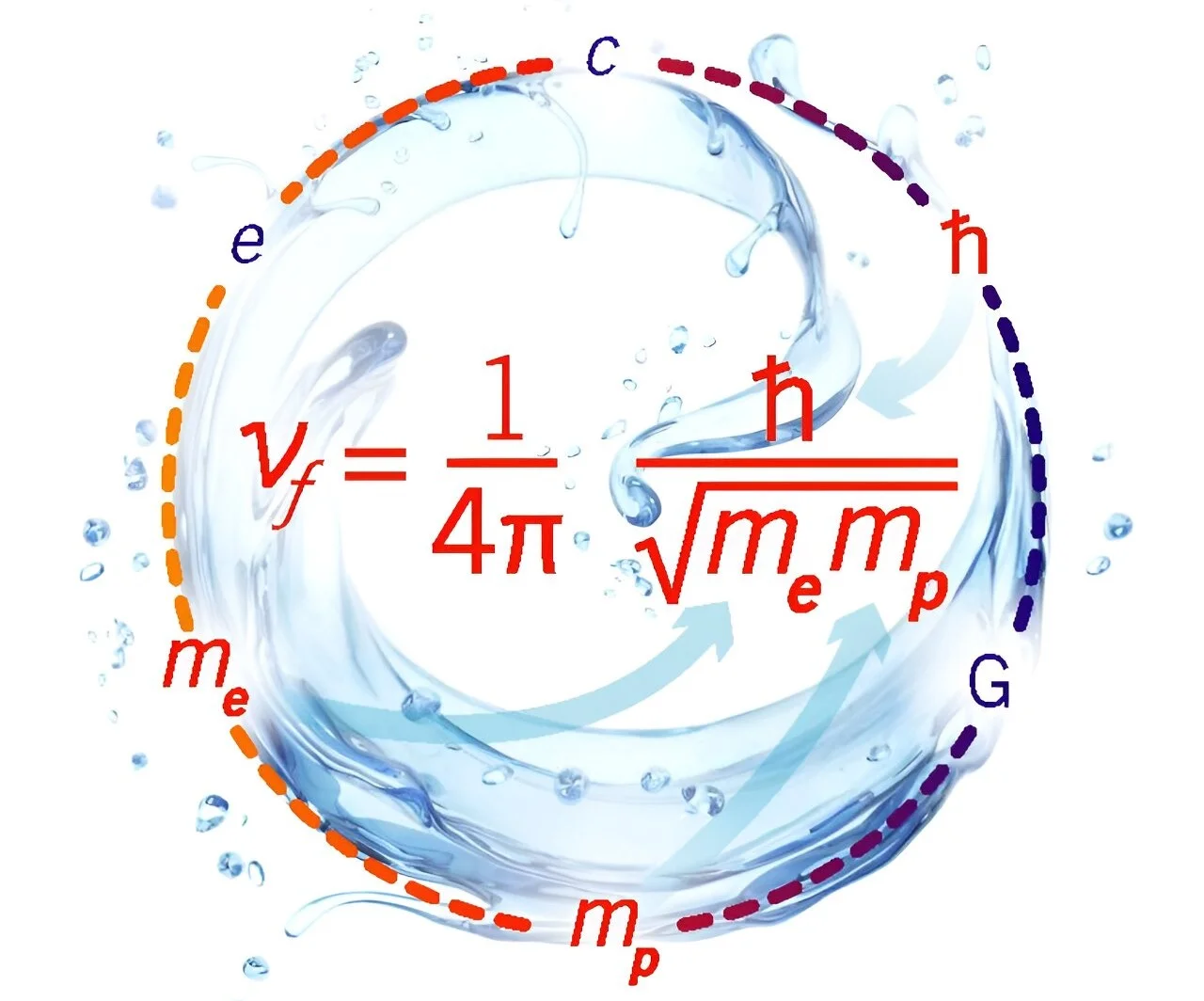Researchers from Queen Mary University of London have made a discovery that could change our understanding of the universe. in his research published in the journal Science AdvancesThey discovered for the first time that there is a range in which fundamental constants can vary, providing the necessary viscosity for life processes to occur within and between living cells. This is an important piece of the puzzle in determining where these constants come from and how they affect life as we know it.
In 2020, the same team discovered that the viscosity of a liquid is determined by fundamental physical constants that set the limits on how liquid a liquid can be. Now this result is being carried over to the life sciences field.
Fundamental physical constants form the structure of the universe we live in. Physical constants are quantities whose values are generally considered universal in nature and which, like the mass of an electron, remain constant over time. They trigger nuclear reactions and can lead to the formation of molecular structures necessary for life, but their origin is unknown. This research could bring scientists one step closer to pinpointing the origin of these constants.
“Understanding how water flows in a glass turns out to be closely related to the gigantic task of determining fundamental constants. Vital processes in and between living cells require movement, and it is viscosity that determines the properties of this movement. If fundamental constants change, viscosity will change and affect life as we know it. For example “If water were as fluid as resin, there would be no life as it is today, or no life at all. This will affect not just water, but all life forms that use the liquid state.”
“Any change in fundamental constants, including increases and decreases, would be equally bad news for flow and liquid life. We expect the window to be quite narrow: for example, the viscosity of our blood would be too thick or too thin for the body. Physics professor Kostya Trachenko said it works with only a few percent change in some fundamental constants, such as Planck’s constant or the charge of an electron.
Surprisingly, the fundamental constants were thought to have been tuned billions of years ago to form heavy nuclei in stars where life as we know it today did not exist. At this point, there was no need to fine-tune these constants to enable cellular life billions of years later, but nonetheless, these constants turned out to be biologically suitable for flow into and between living cells.
A related suggestion is that there may be multiple adaptations similar to biological evolution in which traits are acquired independently. Fundamental constants through evolutionary mechanisms may be the result of nature creating stable physical structures. Time will tell how evolutionary principles can be useful in understanding the origin of fundamental constants. Source













